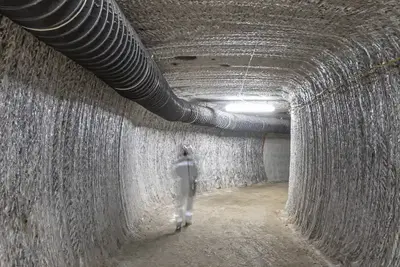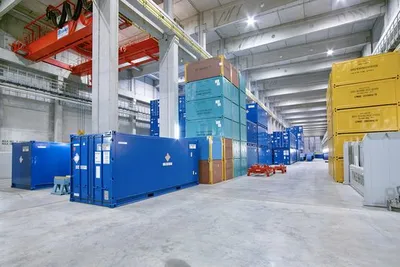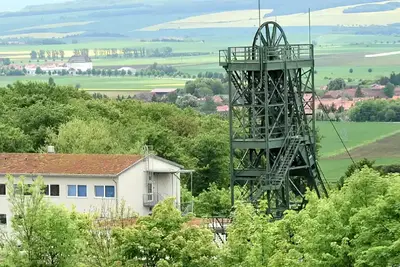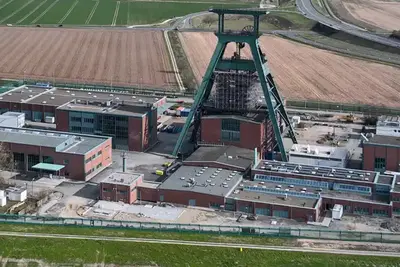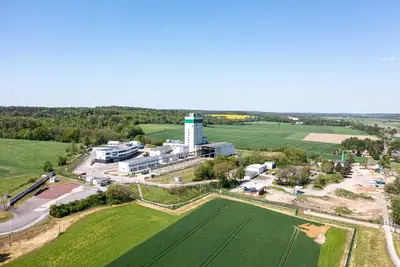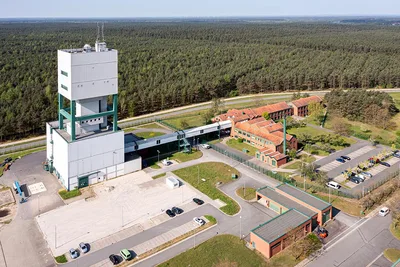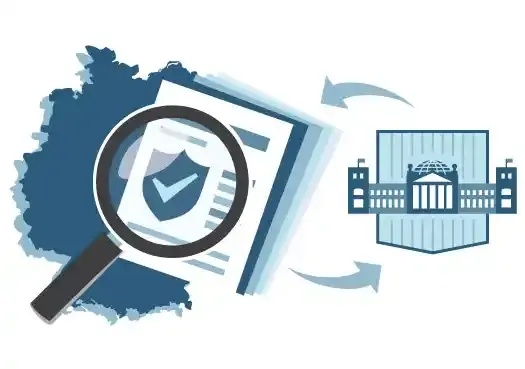Site selection procedure
The site selection procedure is based on the Repository Site Selection Act (StandAG), which sent the search for a repository site for high-level radioactive waste in Germany back to square one when it entered into force in 2013. The Act was substantially amended in 2017 after the Repository Commission had spent two years discussing the selection criteria for a repository, as well as public participation in repository site selection, and subsequently presented corresponding proposals. For arising high-level radioactive waste, the site selection procedure aims to identify the repository site in Germany that ensures the best possible safety for at least a million years.
____________________
“In accordance with section 9a(3) sentence 1 of the Atomic Energy Act, the site selection procedure aims to identify a site in the Federal Republic of Germany with the best possible safety for a final disposal facility for domestically produced high-level radioactive waste by means of a participative, science-based, transparent, self-questioning and learning process.” (Repository Site Selection Act, section 1(2))
____________________
By virtue of the Repository Site Selection Act 2017, the Bundesgesellschaft für Endlagerung (BGE) is tasked with identifying this site. In addition to the BGE, which is the implementer for the site selection procedure, other actors are also involved in the procedure.
Starting out with a blank map, the site selection procedure is carried out in three phases that progressively narrow down the search area. At the same time, the information on a potential site becomes increasingly detailed. At the end of each phase, the BGE’s proposals are reviewed by the Federal Office for the Safety of Nuclear Waste Management (BASE) (external link). Based on this review, the Federal Environment Ministry notifies the Bundestag and Bundesrat, which decide how to proceed and will ultimately adopt a federal law stipulating the site where the repository is to be built.
In a nutshell
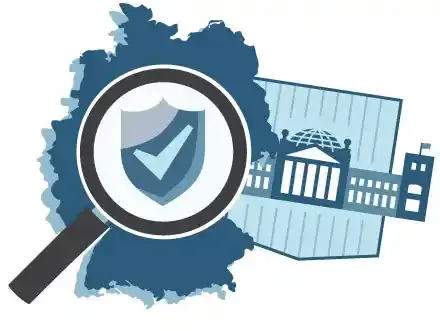
Graphic of a magnifying glass over map of Germany. To the right of it is the Bundestag building
- A repository site for high-level radioactive waste is to be identified by the BGE
- The site selection procedure has three phases
- Phase I: Sub-areas and proposal for siting regions
- Phase II: Surface exploration
- Phase III: Underground exploration
- Conclusion: Site proposal and decision
Phase I
Step 1 of Phase I: Sub-areas
In Step 1 of Phase I, the BGE evaluates data on the deep subsurface geology in Germany with a view to identifying what are known as “sub-areas”. In accordance with the Repository Site Selection Act, sub-areas are areas in which one can expect to find favourable geological conditions for the safe final disposal of high-level radioactive waste. To identify these areas, the BGE subjects the available data to the exclusion criteria, minimum requirements and geoscientific weighing criteria defined in the Repository Site Selection Act. This means that unsuitable areas are excluded and that areas only remain in the procedure if they meet all minimum requirements and also receive a positive evaluation in the geoscientific consideration process. At the end of Step 1 of Phase I, the BGE publishes the Sub-areas Interim Report. When this first update on the status of the BGE’s work was published, the BASE convened the Sub-Areas Conference (external link), the first legally regulated procedure for public participation. The content of these conferences, of which there were three in total, was largely organised by the involved parties themselves – that is, by affected local authorities, scientists, representatives of social organisations, and members of the public.
Step 2 of Phase I: Siting regions
The publication of the Sub-areas Interim Report is followed by the preparation and carrying out of representative preliminary safety analyses for the potential sub-areas. Here, the question is to what extent one can expect the safe containment of radioactive waste if the best possible use is made of the geological conditions at the site. Section 27 of the Repository Site Selection Act (external link) contains the following provision: “The preliminary safety analyses ... shall consider the repository system in its entirety and evaluate its safety in accordance with the state of the art of science and technology. To this end, the behaviour of the repository system shall be analysed in various loading situations and taking account of uncertainties in the data, malfunctions, and future development opportunities with regard to the safe containment of radioactive waste. Preliminary safety analyses shall form one of the bases for the decision as to whether an area continues to be considered within the framework of the selection procedure.” Based on these findings, and on the findings of a renewed application of the geoscientific weighing criteria and of the first potential application of the planning-scientific weighing criteria, the BGE makes proposals as to which siting regions should undergo surface exploration. The BGE conveys these proposals, along with the corresponding exploration programmes, to the BASE. The German Bundestag and Bundesrat decide which siting regions will undergo surface exploration. Once the siting regions have been designated by the BGE, the BASE will begin establishing “regional conferences”, which have comprehensive information and monitoring rights in the subsequent site selection procedure.
Phase II

Surface exploration
The BGE undertakes surface exploration of the siting regions selected by federal law in accordance with the site-specific exploration programmes, which are reviewed and approved by the BASE. Based on the exploratory findings, the BGE conducts further-developed preliminary safety analyses and once again applies the requirements and criteria set out in the Repository Site Selection Act. The BGE prepares socio-economic potential analyses for the siting regions, and these analyses are discussed by the regional conferences. The work of the BGE feeds into reasoned proposals regarding the sites for underground exploration.
The BASE reviews the proposals and defines exploration programmes and examination criteria accordingly. It is then once again up to the Bundestag and Bundesrat to decide which sites will undergo underground exploration and in what manner. At this point, a judicial review can also be brought before the Federal Administrative Court.
Phase III
Underground exploration
The BGE carries out underground exploration of the sites selected by federal law and, based on the exploratory findings, prepares comprehensive preliminary safety analyses. In this phase, the requirements and criteria defined in the Repository Site Selection Act are once again applied. The BGE conveys the results, including a comparative evaluation of the sites to be considered, to the BASE, which initiates an environmental impact assessment.

Conclusion
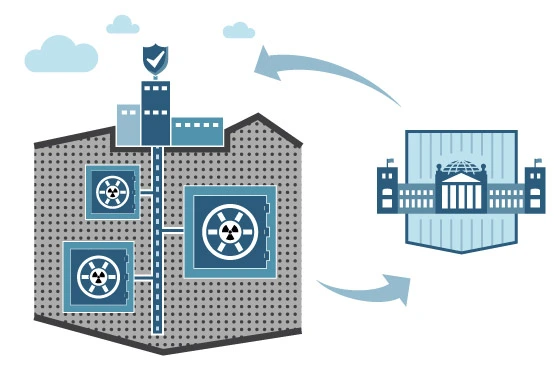
Site proposal and decision
The BASE reviews the BGE’s proposal, including the underlying site comparison, and evaluates which site provides the best possible safety, taking account of all private and public interests as well as the results of the participatory process. The BASE then conveys this site proposal to the Federal Ministry for the Environment, Nature Conservation and Nuclear Safety. The siting decision is made by the Bundestag and Bundesrat.


